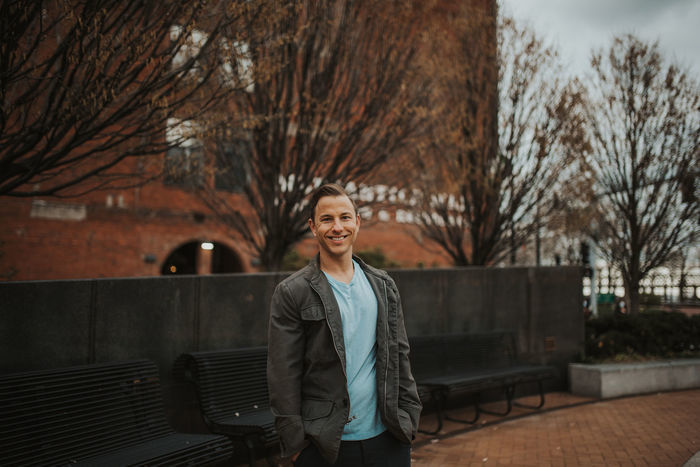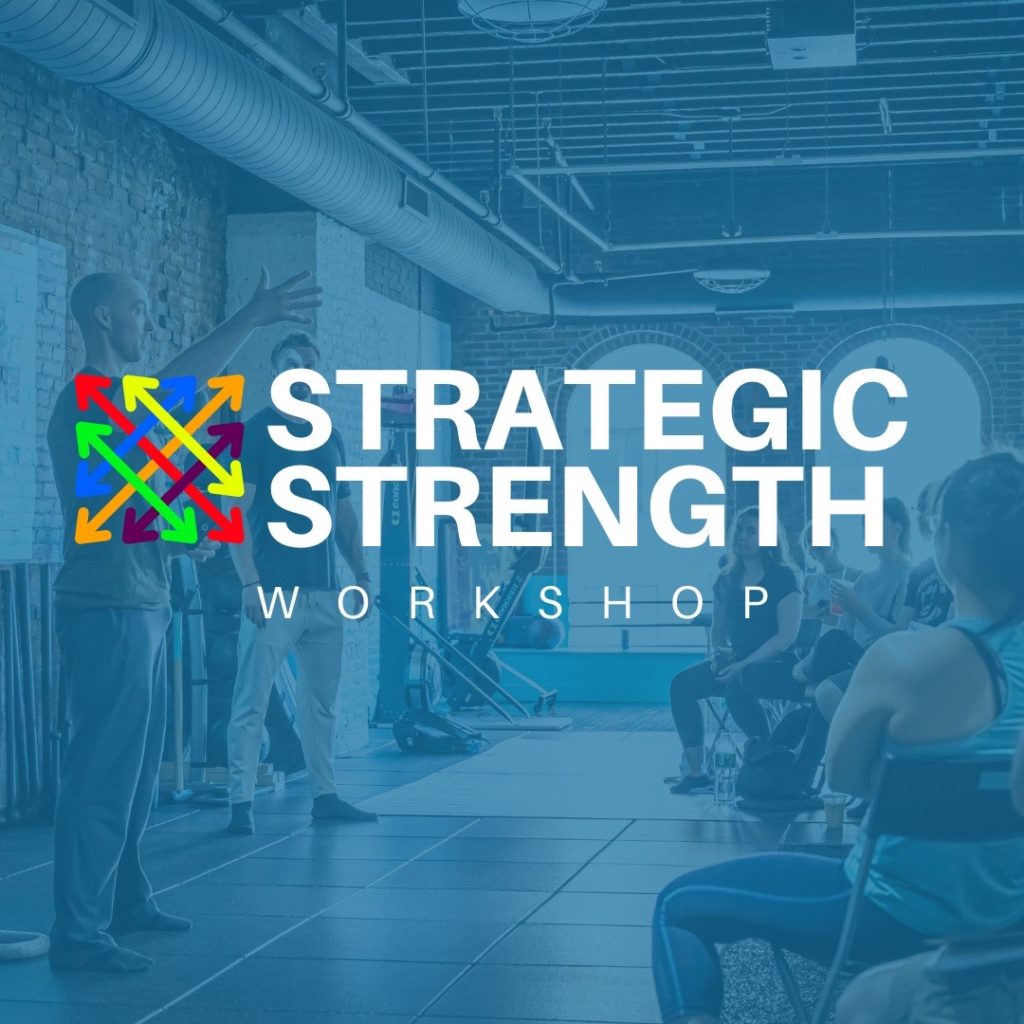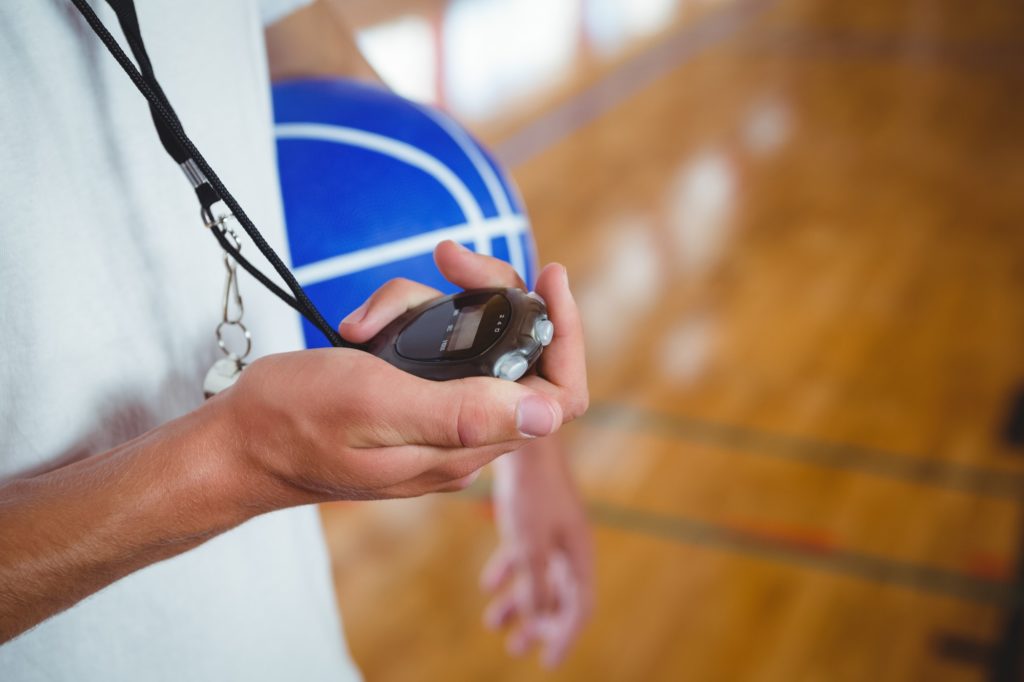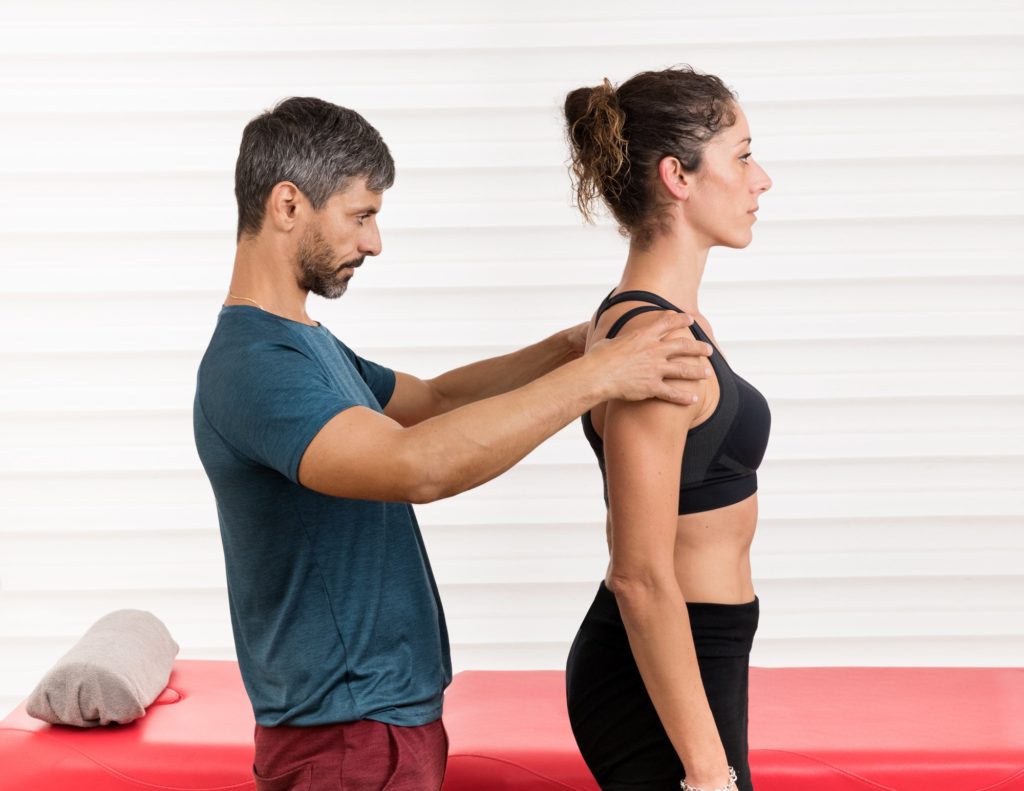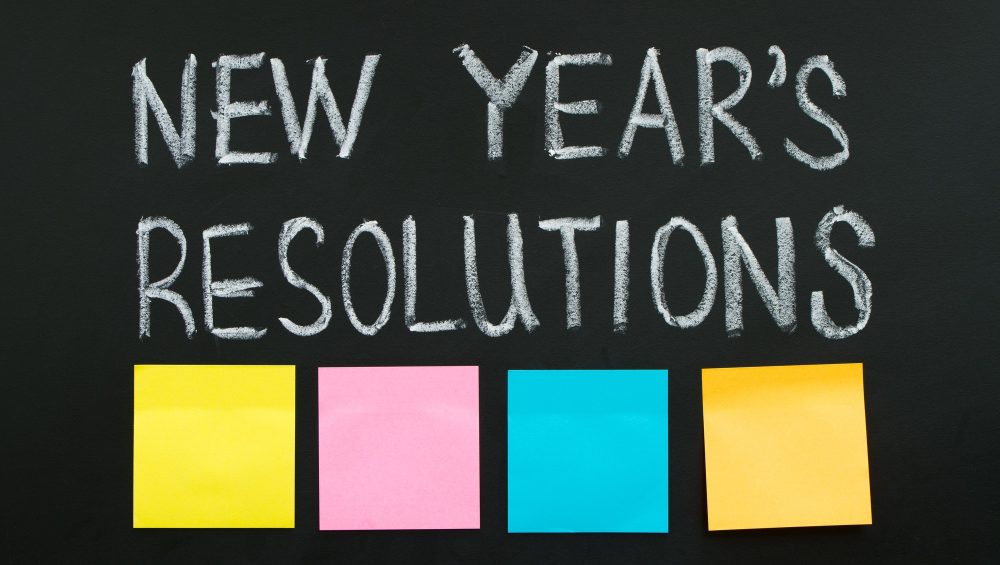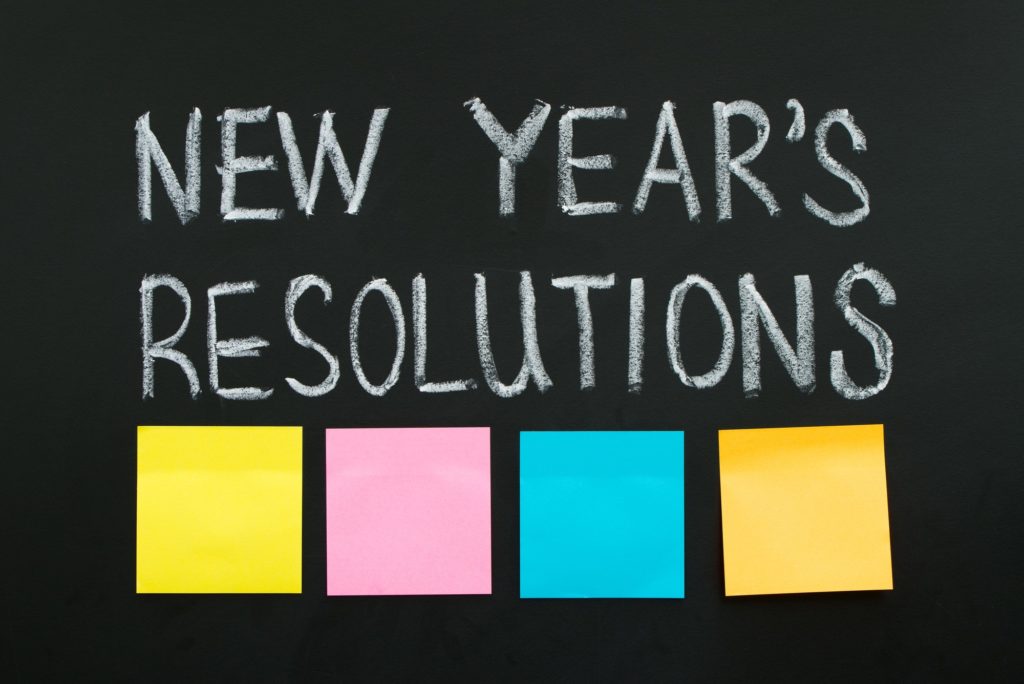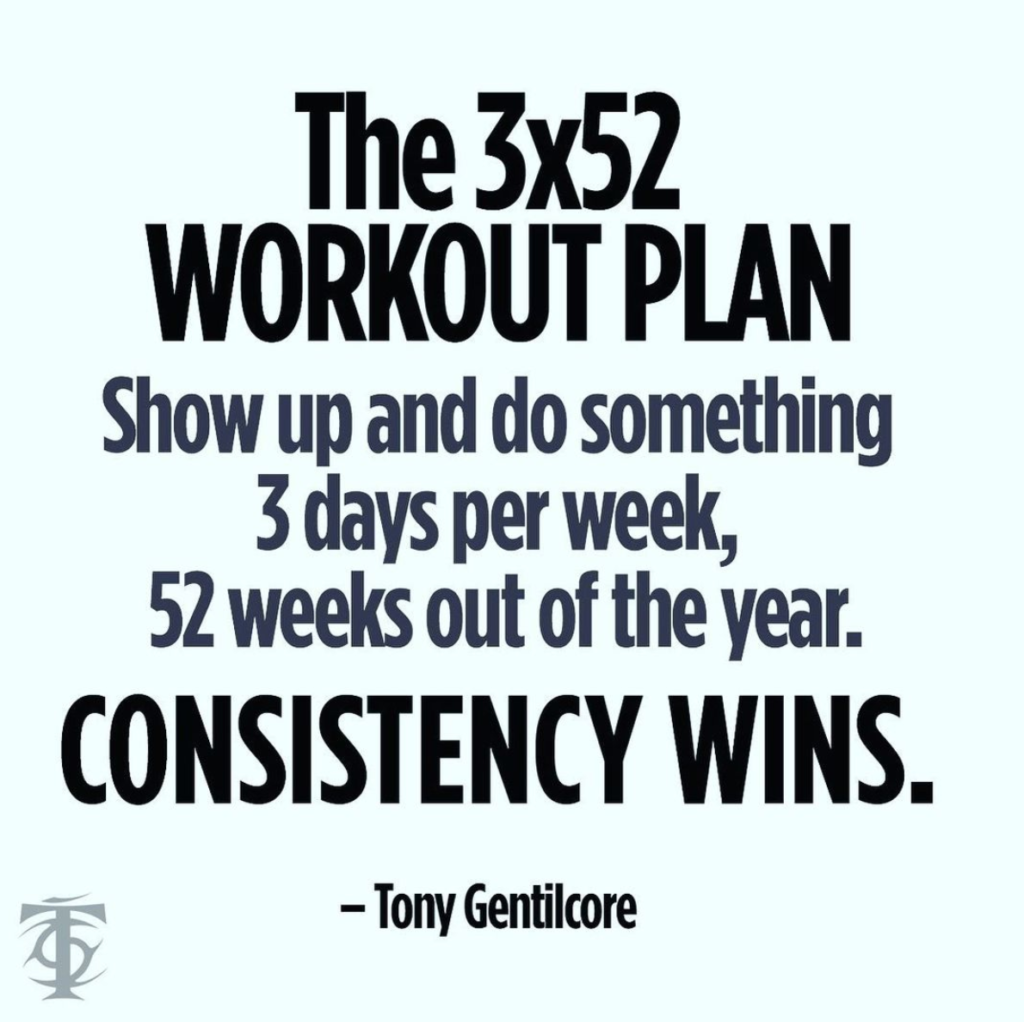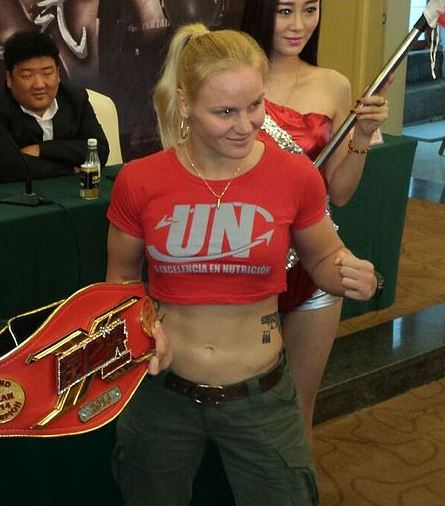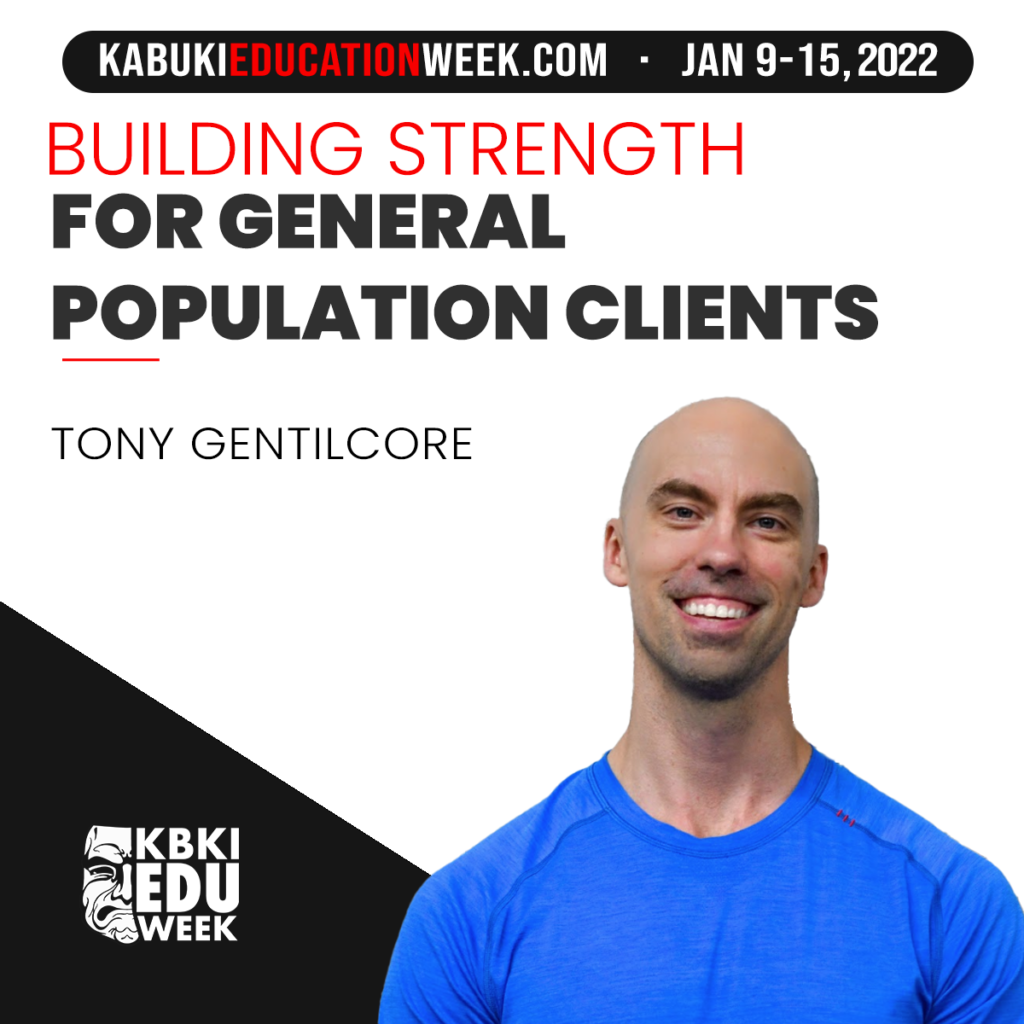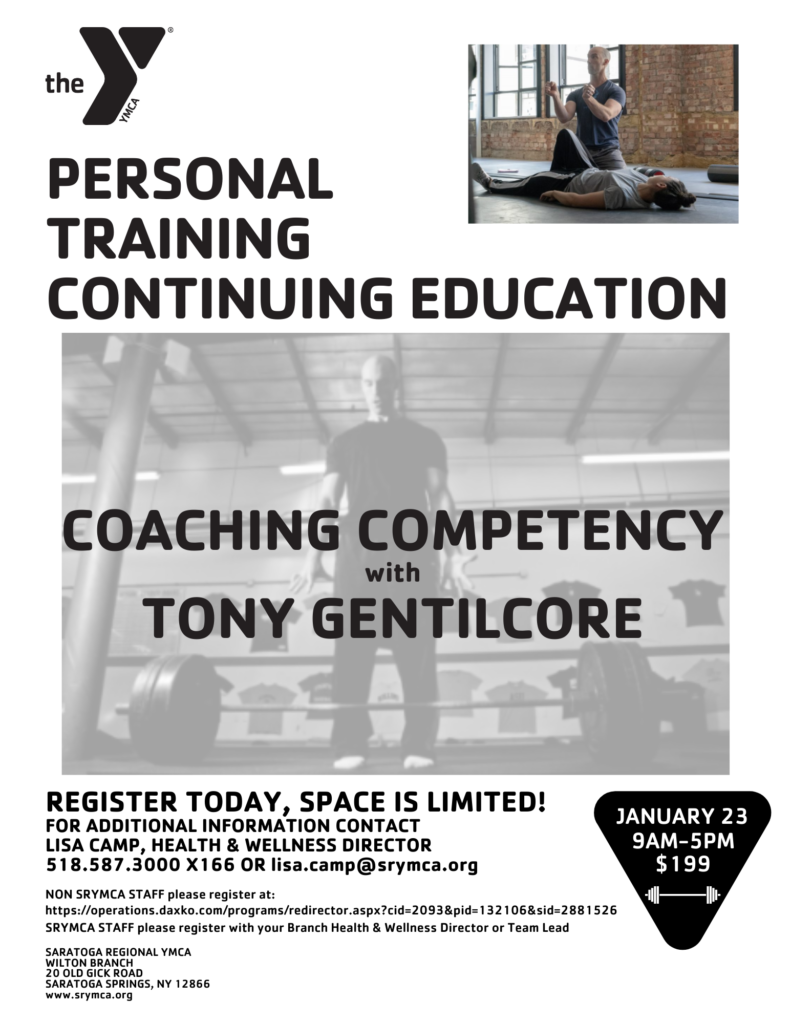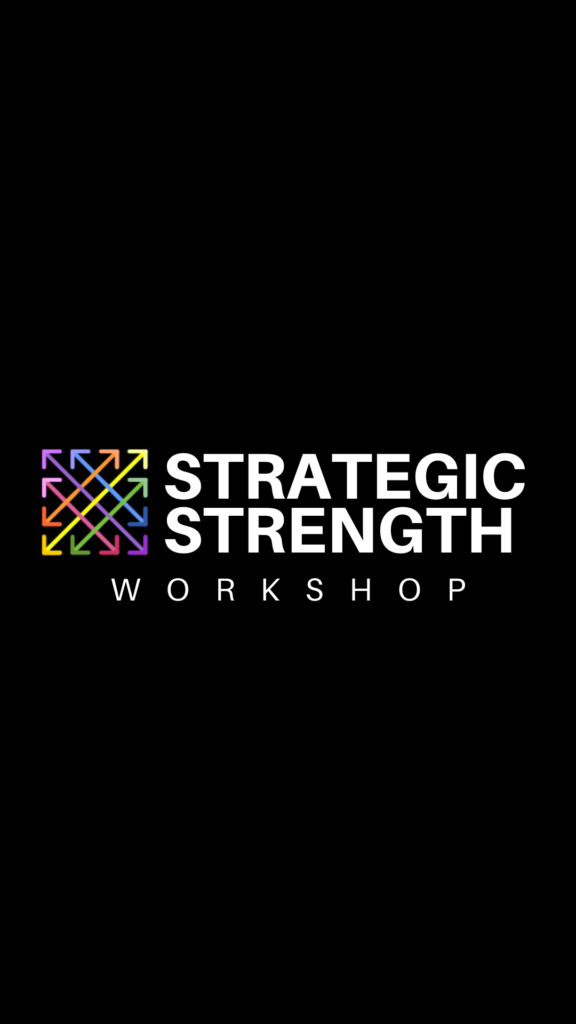I sincerely hope everyone out there had a splendid holiday season filled with copious amounts of love, friendship, and cookies.
Admittedly, I am a tad late with posting this article from TG.com regular, Gavin McHale, but the message is one that should resonate with most fitness professionals regardless of the time of year.
I.e., discussing detox diets, WTF actually happened in Matrix Resurrections? money with potential clients.
I think this will help a lot of trainers out there.

2 Keys to “I Can’t Afford It”: Especially Around the Holidays
If you’ve ever heard “I don’t have the money right now,” or “I’ll sign up when things settle down,” pull up a chair, you’re going to want to keep reading.
I have a very clear memory of a sales conversation that changed everything for me. I was selling personal training at a middling price point and sales were a breeze.
My schedule was filling up, but my bank account wasn’t.
Here’s how it normally went: Client walks in, referred by a friend or family. I show them the gym, with the music bumpin’ and others just like them working out, take them through a movement assessment, drop some knowledge and make them feel better, then share the price.
They were sold.

They were sold before they even walked in. I just had to walk through an open door. I was more of an order taker than a salesperson.
Then, I made the move over to selling on the phone and added an online component to the program, increasing the price.
My first call was with a former teammate of mine now doing investment banking in Toronto, Canada’s money capital.
As we moved through the call, it became very clear he was making excellent money – the stock market had been good to him. However, he had let his once athletic body go and could barely make it up and down the ice in rec hockey anymore.
He was a perfect fit for my new program, built for former athletes wanting to get back to the glory days.
When we got to the pricing, I shared my new and improved price of $2000 for a 10-week program.
He resisted.
“Ah, Gav… that’s not in the cards right now. I’ll have to wait until the New Year when I get my bonus.”
I knew this guy was earning upwards of $200,000 a year, buying lavish dinners out most nights and otherwise living the life of a young man with money.
But he couldn’t stomach $2k to get his energy and youth back?
via GIPHY
Something wasn’t adding up and I was thrown, letting him off the phone with a “maybe later.”
Sometimes, I’ll admit it, it is about the money. And that’s okay…
More often than not, it has NOTHING to do with money.
It has everything to do with fear.
- Fear of failure.
- Fear the program won’t work for them.
- Fear that you’re not the leader they need.
- Fear of the unknown.
So often, our potential clients miss out on life changing experiences because of fear. They get in their own way and say no to things they know they desperately need.
If you know you can help this person, it’s your responsibility to help them take that scary leap into the great unknown. It’s on you to hold their hand as they jump.
Have a Human Conversation
If they object, the most important thing is to have a human conversation with the person on the other end of the phone. It’s okay to disagree, but you’re not butting heads with one another, trying to go separate ways.
You both want the same thing – for them to succeed and grow beyond what they’ve been able to do before. So instead of going opposite directions, think about being a few steps ahead, reaching out your hand and asking them to come along with you.
via GIPHY
By staying calm and appearing certain, you position yourself as the leader that they desperately need. Their brain is freaking out because up until the point you mentioned money, they wanted and needed this program.
Once you regain rapports by empathizing with their situation (I’m sure you’ve had difficult decisions to make in the past), you can now start to help them see that their decision making compass is what got them to this place, in desperate need of help.
I call this the Dickens Method, thanks to his famous Christmas story.
We’re going to help them see the ghosts of Christmas Past, Present and Future.
In fact, the entire call up to this point should’ve been helping them see the problems they’re having right now. The ghost of Christmas Present should have punched them in the face and how their reality is not in line with their goals and desires.
Now, we must help them recognize the default in their past behaviors and help them see that repeating those behaviors again will only lead to the same place.
Remember, this most likely isn’t about the money…
Simply ask, “How has this belief affected your decisions about your health and fitness in the past?”
They may have made a bad investment in the past… Maybe a bad trainer, a treadmill that sits unused or a gym membership that they’re still paying for but have yet to use.

It’s your job to help them see why that won’t happen again with you.
On the other hand, they may have shied away from other opportunities in the past because they thought they couldn’t afford it or they felt like they weren’t ready or it wasn’t the right time…
Notice the pattern.
You should have leverage to pull from earlier in the conversation as to why they’re not where they want to be, and if you can frame it for them to see that the main reason is this built-in lack of belief, you can help change their perspective to one that’s ready to make a change.
And since you’ve covered the ghost of Christmas past and present already, you can now show them the ghost of Christmas future, helping them paint a picture of what their future may look like…
“I want you to look forward to 6 months into the future… How will your life look any different than it does now if you don’t make a change? If you don’t do this, do you think your financial situation will get better and you’ll be able to invest then? Do you think your fitness level will improve in that time without support?”
What if we could help you move closer to your desired result in the first month working together, would that put your mind at ease as to making this investment?”
These are all questions they’ve probably never thought to ask themselves, and although they may seem forward or ‘too pushy’ to those of us averse to sales, you’re on the verge of helping someone make the biggest and most terrifying decision of their life.
It’s on you to ask.
The Jiu Jitsu Rule of Sales
When a jiu jitsu coach was asked by a student how to get out of a certain headlock position, the coach responded with an answer no one was expecting.
“The best way to get out of that headlock is to avoid getting into it in the first place.”
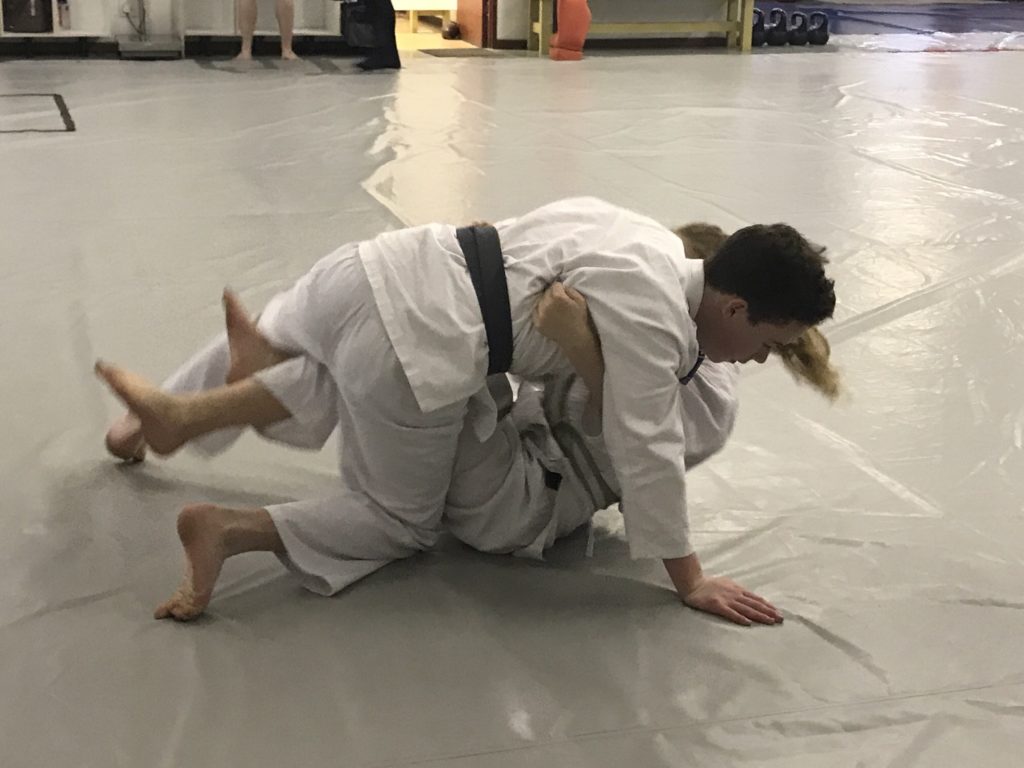
In other words, if you’re in it, you’ve already made a lot of mistakes and put yourself in a tough position.
So, here are 3 ways to make sure you don’t get put in the headlock of a price objection:
1. Make Sure They FEEL Their Pain
Allow them to fully understand the prison they’re currently living in and the problems it’s causing in their life and the lives of others they care about
- How is their lack of energy affecting their kids?
- How is their low self confidence showing up in their relationship?
- How is their weight gain affecting their own self worth?
Although these questions are difficult to ask, you must help them understand the scope of the problem, so they’ll be willing to take the steps to fix it.
2. Help Them See the Gap Between Their Current Life and Their Ideal Life
Once you’ve opened up the pain and taken them deep into their emotions related to that, it’s time to flip the script and help them paint a picture of their ideal future. Then, you can recap it in a way that emphasizes the difference between these two states.
3. Finally, You Must Learn to COMMUNICATE YOUR VALUE In a Way That Shows Your Prospect the Direct Benefits to Them
If they care about their kids, tailor every piece of what you do to how it will affect their kids. If they’re scared of losing their identity, make every pillar of your program about maintaining that identity or getting it back.
It’s not enough to tell them what your program is or what they get for their money. It has to be relayed in a way that they can see themselves benefitting from it.
For example, think about pitching the app you use to deliver your training program.
OPTION 1: “You’ll get set up on our app and all your workouts are available there for you. We do 3 days a week of strength training programming.”
OPTION 2: “Imagine walking into the gym, having everything you need in the palm of your hand. Exercises, sets and reps so you know exactly what’s next. Exercise demos are built in so you never have to worry about doing it wrong. We provide that peace of mind with this program.”
OPTION 3 (added by TG) “If you don’t use my app, Rambo will be angry. You don’t want Rambo to be angry.”
via GIPHY
NOTE: 100% go with Gavin’s options.
See the difference in how I present the exact same thing?
This is not about persuading someone or swindling someone into something that will only benefit you. Overcoming objections is about finding a win-win situation for everyone.
We both know that waiting until until “things settle down” is not only going to set them back months in their progress, but it’ll most likely lead into the next “life thing” that will keep them from signing up.
There will never be a perfect time to make a huge life decision, but if you’re there to guide them through and bring certainty, they can make the best decision for them and you’ve created a win-win for everyone!
Finally
A great sales or enrollment conversation is really the first coaching call, holding them accountable and allowing them to see just how you can help them in the long run.
This stuff is literally the tip of the iceberg when it comes to what we teach inside Maverick Coaching Academy. If you’d like to learn more, follow me on Instagram and let me know you read this – I can send you our sales framework, which our clients have used to sell close to $1,000,000 in training programs, absolutely free.
About the Author
As a Kinesiology graduate, Gavin McHale quickly realized that following the traditional business model would lead to trading more time for more money.
Over the course of 8 years, Gavin built a 6-figure hybrid training business before founding the Maverick Coaching Academy in 2019.
Since then, Gavin has left the gym and gone all in helping other strength coaches build their businesses. He has made it his mission to fix the broken fitness industry and connect other amazing humans to the highest version of themselves.
IG – @gavinmchale1
The Coach’s Playground Podcast
maverickcoachingacademy.ca


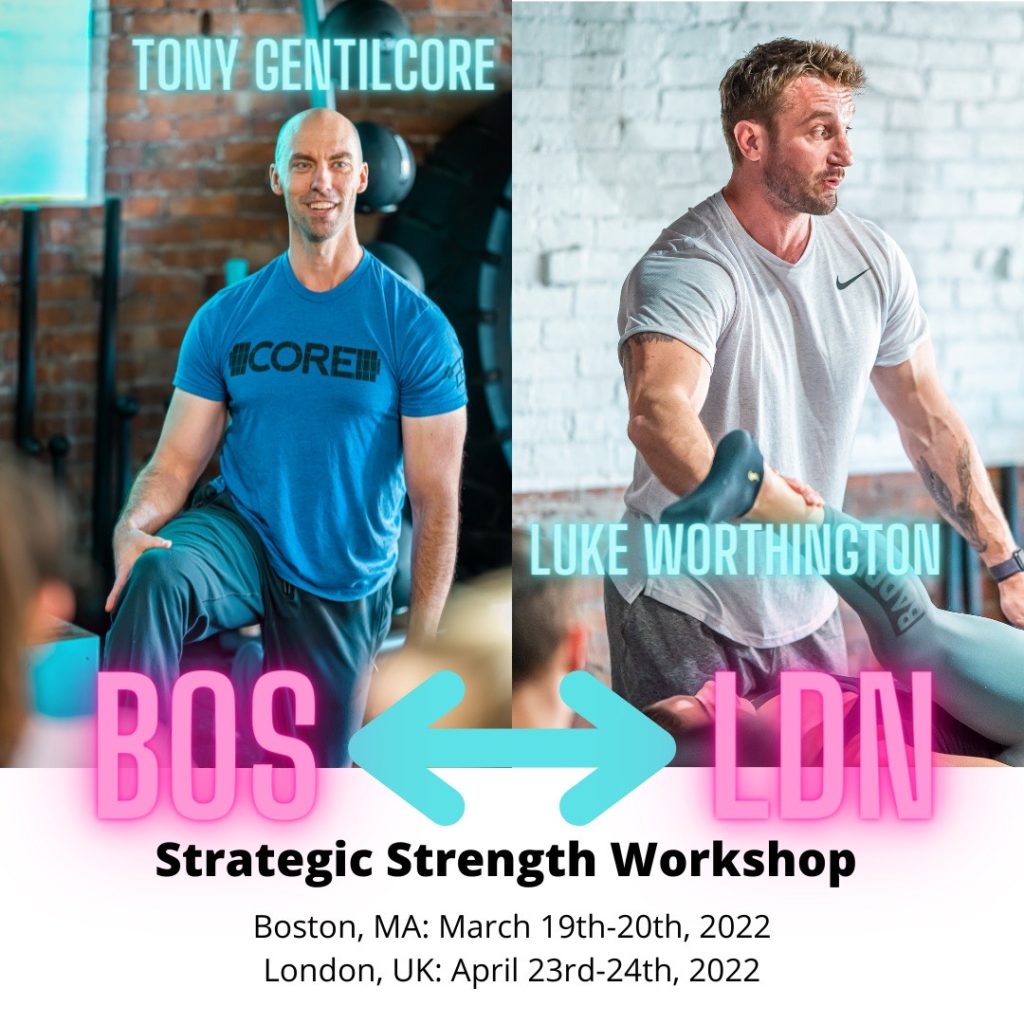
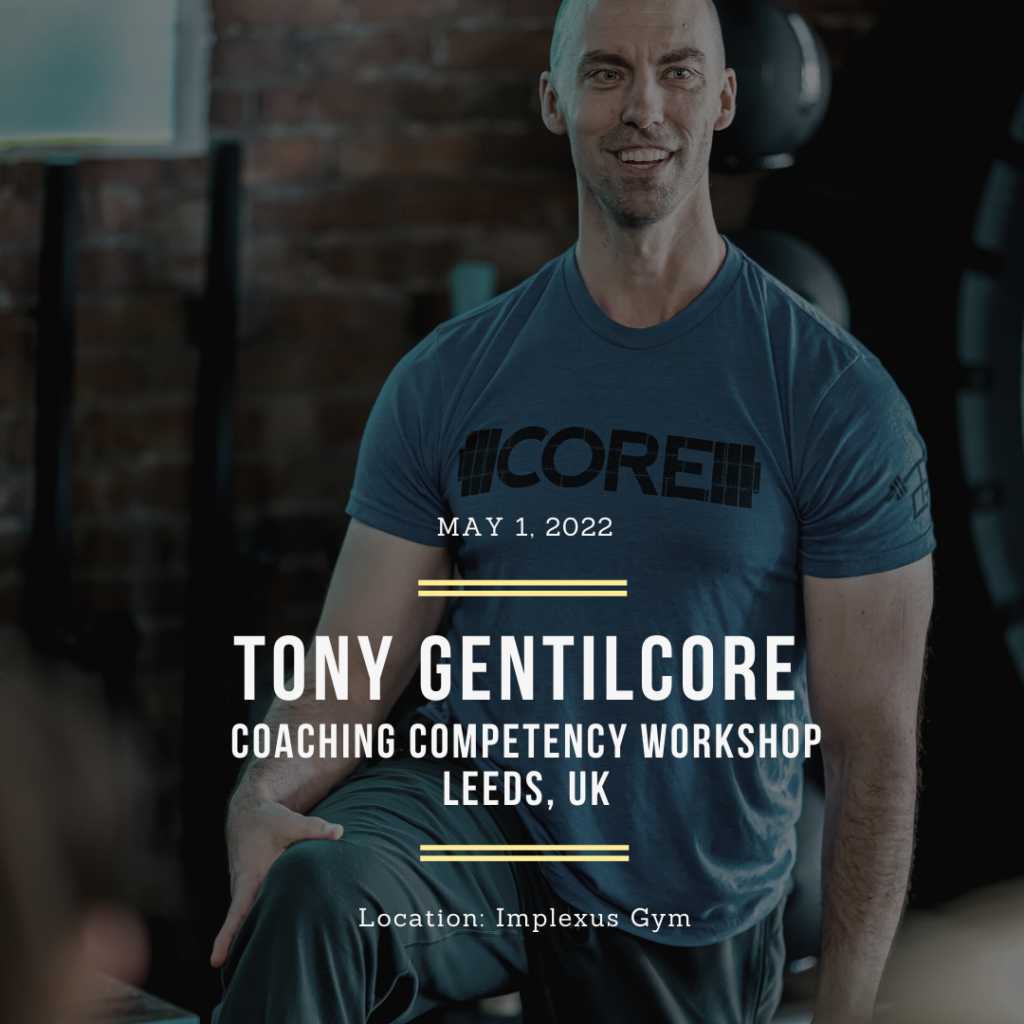
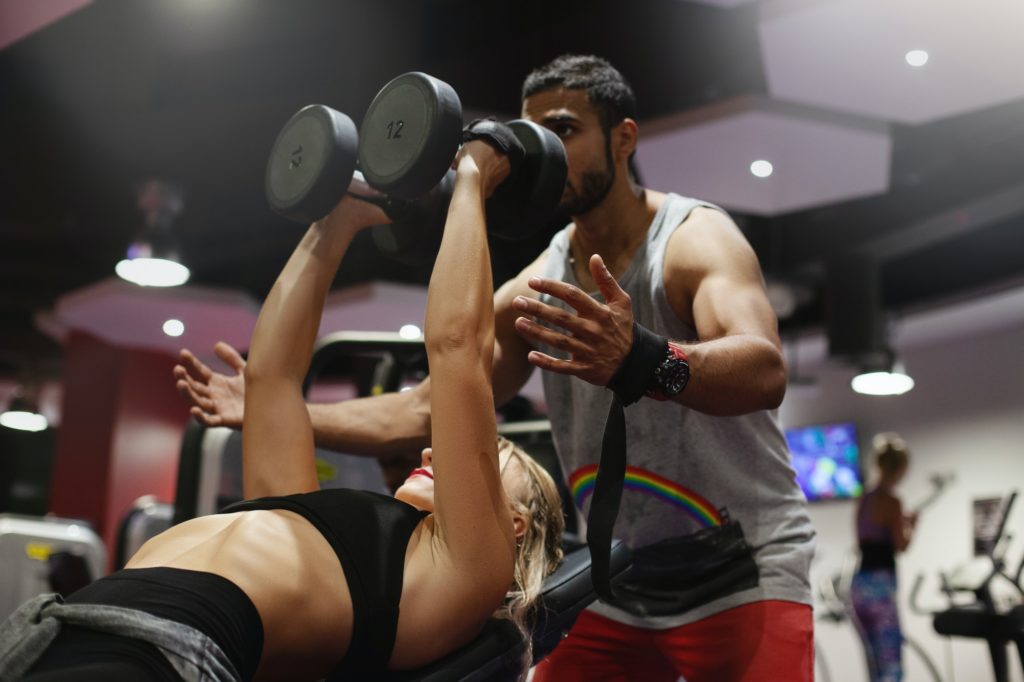

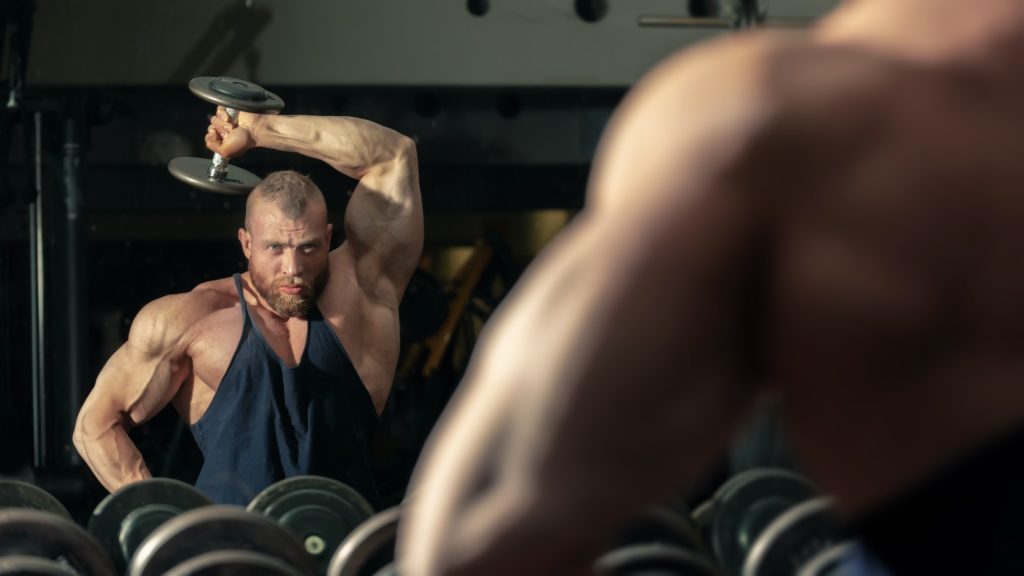


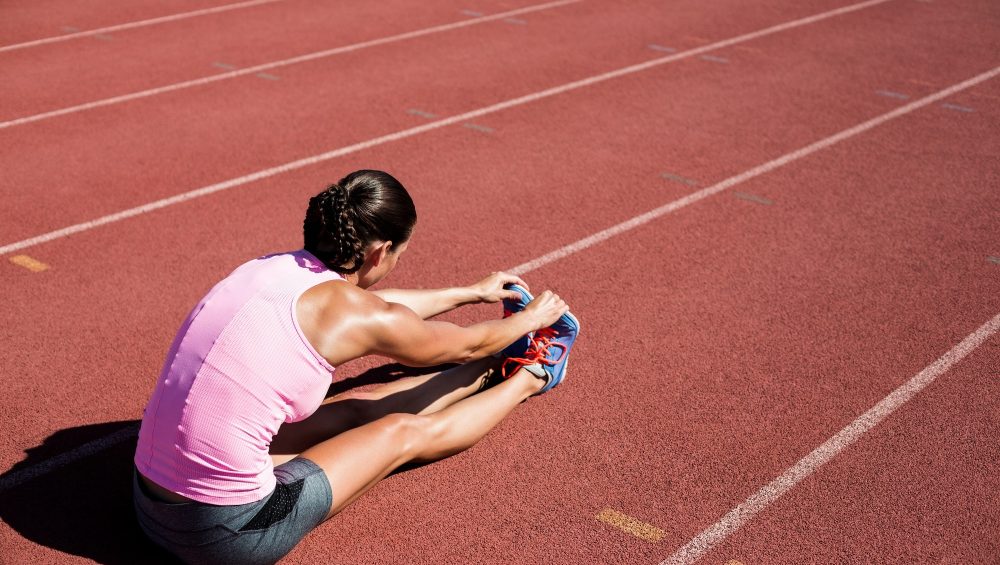


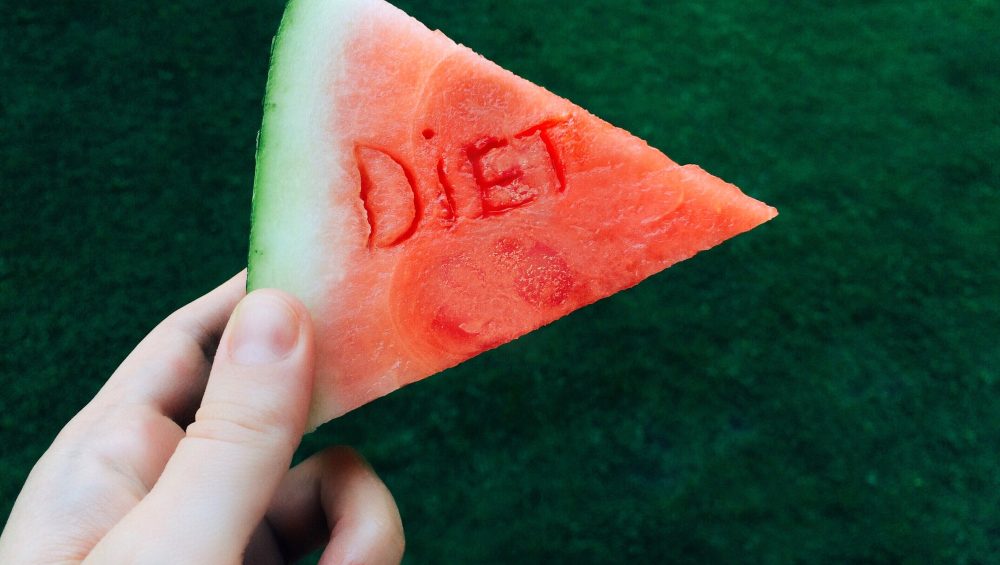
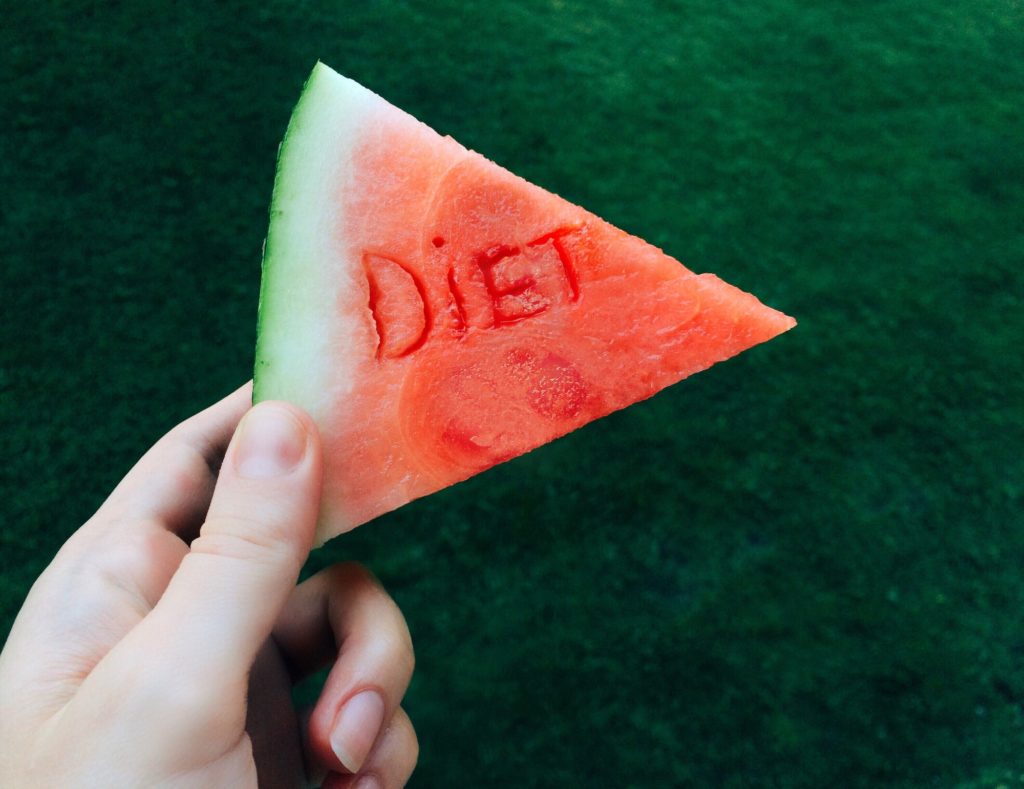
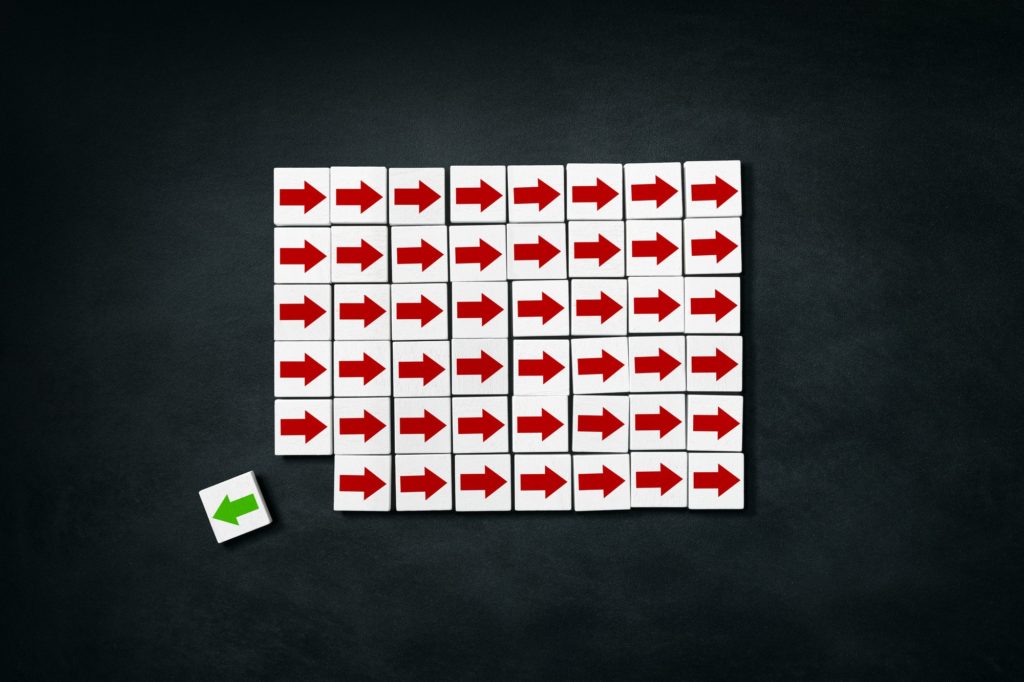


 Megan Schall is a certified nutrition coach and personal trainer located in Minneapolis, Minnesota. Through her customized online nutrition coaching programs, Megan helps you clarify your goals and take action to address all aspects of well-being: nutrition, sleep, stress management, movement, mind-body awareness, and more. By building skills and routines that fit into your real life, Megan will help you make changes to your nutrition and self-care habits to meet your health and wellness goals and create sustainable, lasting results.
Megan Schall is a certified nutrition coach and personal trainer located in Minneapolis, Minnesota. Through her customized online nutrition coaching programs, Megan helps you clarify your goals and take action to address all aspects of well-being: nutrition, sleep, stress management, movement, mind-body awareness, and more. By building skills and routines that fit into your real life, Megan will help you make changes to your nutrition and self-care habits to meet your health and wellness goals and create sustainable, lasting results.



